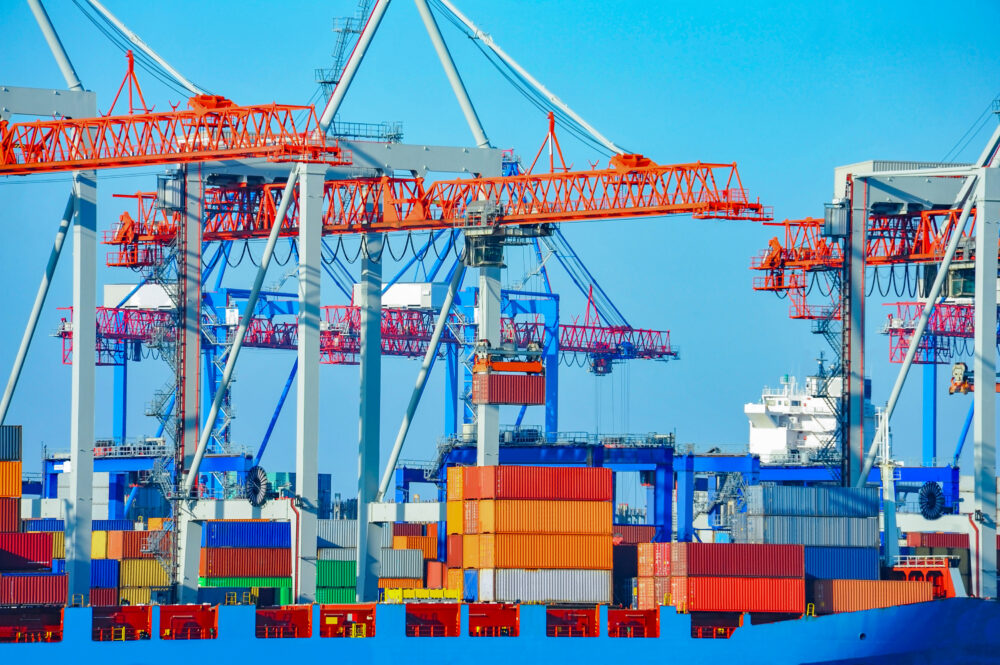
Enter your shipment number.
Creating Supply Chain Orchestration
Supply chain orchestration considers the number of systems, processes, and people that must operate in tandem to create success.
17 March 2023
Benefits of Supply Chain Orchestration
- Keeps all stakeholders across the end-to-end value chain in sync with business processes, KPIs, and overarching objectives.
- Eliminates manual processes and other critical gaps not addressed by current digital applications.
- 4PL companies reduce inefficiencies, such as multiple planning siloes or disparate planning processes.
- Avoids process decay to ensure that results are compounded and scaled over time.
- Generates dynamic solutions through scenario planning, inventory management, and supply-demand tracking.
- Simulate the disruptive impact on inbound raw materials, outbound shipments, and the overall supplier network.

Why Utilize Supply Chain Orchestration?
Supply chain leaders must manage three elements simultaneously: data, automation, and collaboration. 4PL companies intertwine all three, creating a single source of truth that optimizes total network efficiencies and gives companies the intelligence needed to make better decisions.

Supply chain orchestration is a transformational initiative that can dramatically improve an organization’s ability to integrate planning and execution processes. It drives network unity and maximizes the planning of network flows, as well as the subsequent utilization of available resources like equipment, assets, and labor.
Digitization Enables Orchestration
All the prerequisite data needed for agile orchestration resides somewhere, but it must be properly aggregated and digested so your business can make informed decisions about international transport options. Digital tools can extract data across different systems and transform it into a single source of truth, but breaking digital siloes and moving toward a holistic vision is a significant change for many organizations.

A centralized data repository provides users with a single, real-time, consolidated view of their transportation operations and costs. Additionally, a common system better evaluates the supply chain network’s requirements and cost tradeoffs. Think of data pipelines that blend information from legacy systems, PDFs, emails and spreadsheets into a singular experience.
Enhanced digitization allows companies to address gaps between their supply chain’s planning and execution processes and employed technologies. The goal is to automate the mundane and get the appropriate data to the right people and within the right context, allowing them to make informed decisions proactively. As a result, businesses become more efficient, interconnected and responsive to pressing demands.
Questions to Ask Yourself
Do we have strategic contingency plans in place to manage disruption?
What advanced technologies are we using to orchestrate the end-to-end supply chain?
How could logistics outsourcing impact business systems unification, network-wide collaboration or process convergence?
Can we monitor supply and demand in real time? Can we react with maximum agility?



